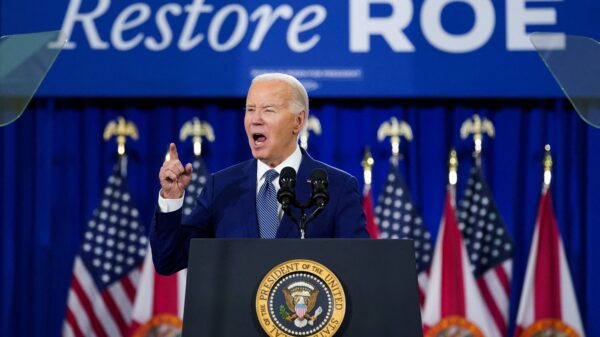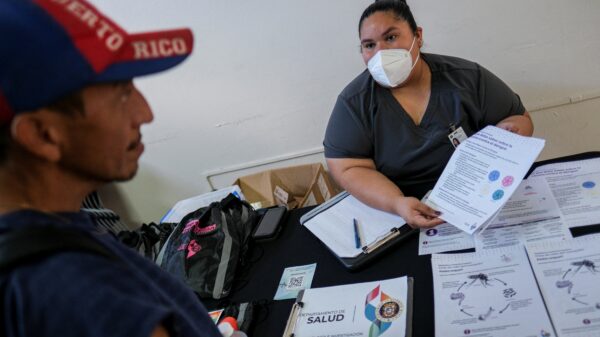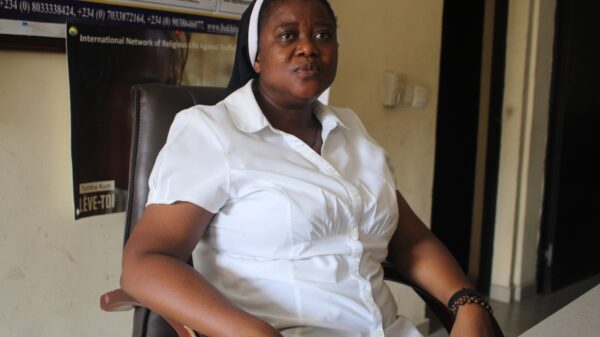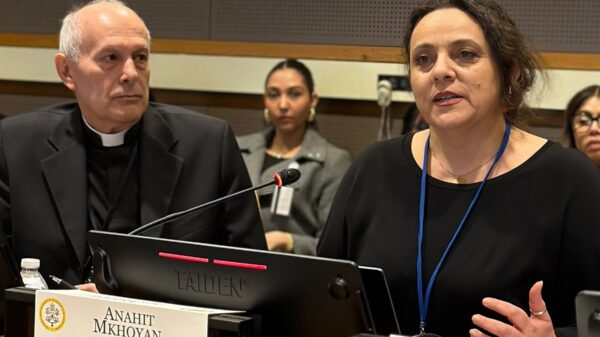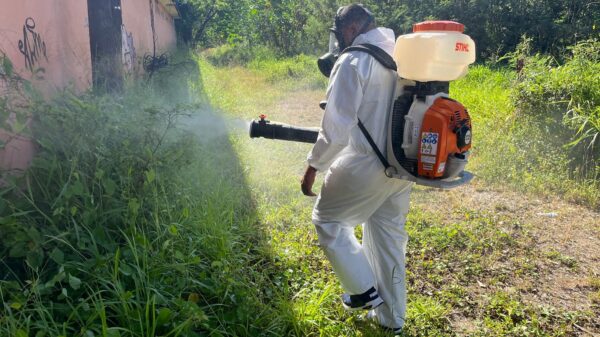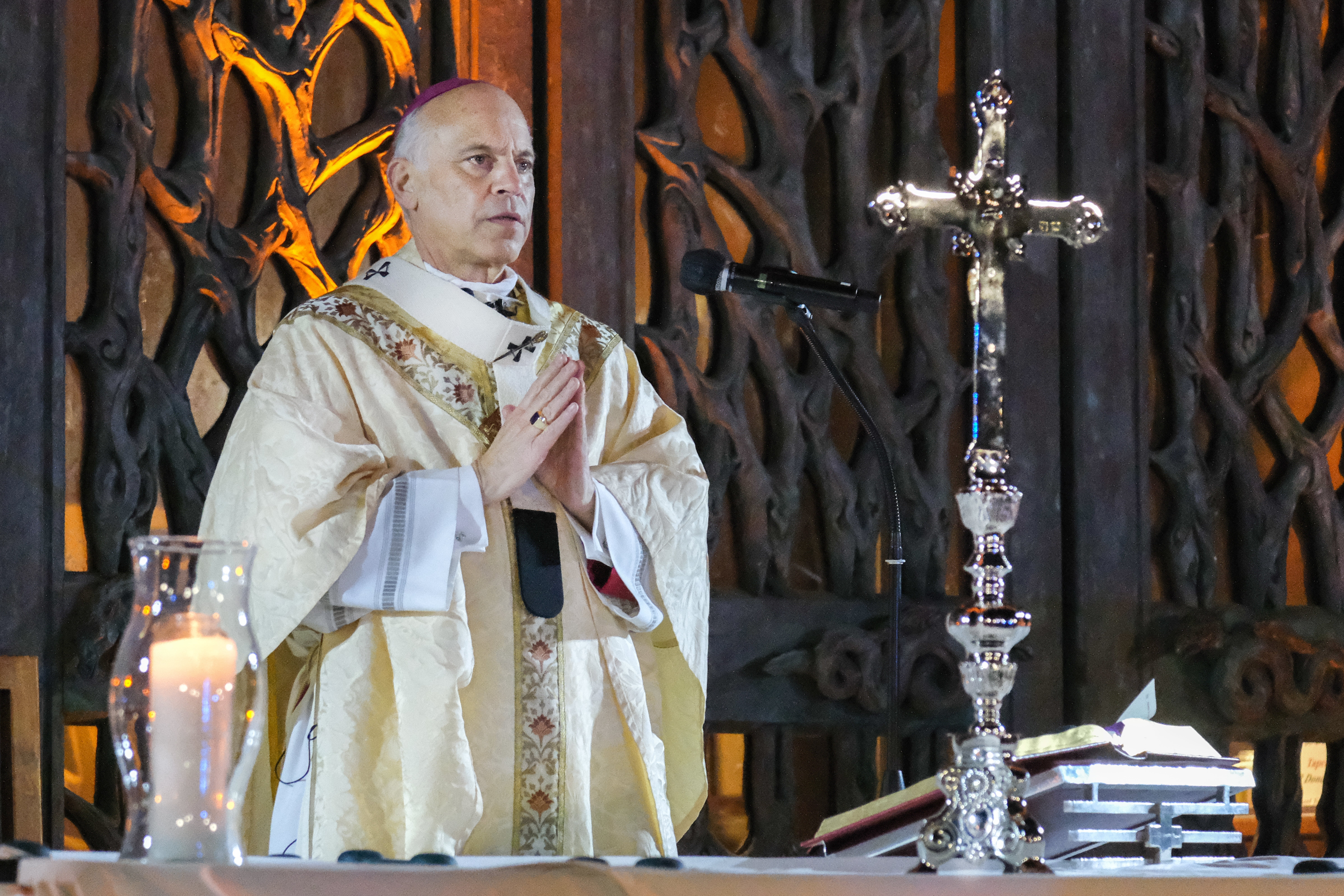(OSV News) — Even in a politically divided country, the reduction of child poverty in America — reported by the U.S. Census Bureau in 2022 as 16.3% nationally, or more than 11 million children living in persistent want of adequate food, clothing, shelter and utilities — can typically be embraced as a bipartisan, pro-family and pro-life goal.
And for the most part, it is. A longtime favored poverty-fighting tool for both Republicans and Democrats has been the child tax credit, created in 1997 to support American families. As a partially-refundable tax credit for parents with dependents under the age of 17, the child tax credit in its present iteration reduces tax liability dollar-for-dollar of the value of the credit.
Republicans doubled the child tax credit in 2017, while Democrats temporarily increased it — and suspended work requirements — in their 2021 COVID-19 “American Rescue Plan” package.
As the CATO Institute — a libertarian-leaning, Washington-based think tank — declared in a July 2023 report, “Republicans and Democrats agree that the CTC should be larger, the only disagreement is on how much the credit should be enhanced.”
That question was answered — possibly for at least the next three tax years — with the Jan. 16 announcement of a congressional framework to enhance the existing child tax credit and its subsequent passage Jan. 31 in the House of Representatives.
The 357 to 70 vote in the House saw 188 Democrats and 169 Republicans join in favor of expanding the child tax credit while 23 Democrats and 47 Republicans opposed it. The $78 billion bipartisan tax package — which also includes business tax breaks allowing businesses to deduct more expenses — goes next to the Senate, where passage remains in doubt.
The proposed child tax credit provides a tax break for qualifying households with children, and can be claimed even by families who do not normally file a return. Currently, the child tax credit is $2,000 per child but the maximum refundable amount of that credit is $1,600. Under the new legislation, the refundable amount increases to $1,800 for tax year 2023, $1,900 in tax year 2024 and $2,000 in tax year 2025, with the maximum limit increasing with inflation.
The legislation allows households who owe no income taxes to receive the full refundable value of the child tax credit so long as they earn at least $2,500.
According to the nonpartisan Tax Policy Center, families would see an average of $680 tax cut, with most of the impact felt by families making under $40,500.
The framework — crafted by Rep. Jason Smith, R-Mo., chair of the House Ways and Means Committee, and Sen. Ron Wyden, D-Ore., Senate Finance Committee chair — will, if it passes the Senate, also increase the low-income housing tax credit.
“This is targeted at families who are working and making below the median income; most families won’t notice a difference in their day-to-day pocketbooks,” Patrick T. Brown, a fellow at Washington’s Ethics & Public Policy Center, told OSV News. “And the bigger question of what will happen when the expanded amount expires in 2025 remains to be solved.”
In his Jan. 19 newsletter, Brown reflected, “The biggest takeaway, contra some of the more excitable headlines and posts that are out there, is that this is a modest deal in which — as politics is supposed to work — neither side quite gets all they want. … If it were to pass, the biggest change would be that the refundable part of the CTC (the part that gets paid out as a check if your CTC amount is greater than your federal income tax liability) would now phase in on a per-child basis, rather than per household.”
Brown explained to OSV News his qualified position.
“Even if they were eligible for the full $2,000 — a lot of families in poverty, there’s a lot of things going on — $2,000 in and of itself isn’t going to change their lives dramatically,” he said. “That’s where we start talking about a more comprehensive pro-life agenda; talking about things like child care, job training, community programs, crisis pregnancy centers — all those kinds of things that can help get people out of poverty,” Brown said.
Julie Bodnar — policy adviser in the Department of Justice, Peace and Human Development at the U.S. Conference of Catholic Bishops — told OSV News that restructuring of the child tax credit could lead to increased effectiveness.
“In 2021, the credit was expanded — and there was all sorts of data that came out showing how the credit can become even more effective in the fight against child poverty if we make it more refundable — so it reaches more children whose parents have low incomes,” said Bodnar. “Because right now, it’s structured in a way that the children whose families have the lowest income, too many of them are excluded from the full value of the credit.”
In a Jan. 9 letter to Congress, four committees of the USCCB — in partnership with Catholic Charities USA — strongly urged Congress to restructure the child tax credit.
“The most economically vulnerable children ought to receive the full value of the Child Tax Credit,” the letter stated. “Congress should address this problem and pass a strengthened Child Tax Credit that prioritizes the poorest children.”
Bodnar also emphasized the child tax credit has a dual role.
“We always say that the child tax credit is a great tool to fight poverty and support families,” Bodnar said. “But we shouldn’t just see it as an anti-poverty tool, and we shouldn’t just see it as a pro-family tool. We want it to be both of those things at once.”
Kevin Corinth, senior fellow and deputy director at the American Enterprise Institute’s Center on Opportunity and Social Mobility in Washington, told OSV News he feels the anticipated child tax credit changes are not without disadvantages.
“I’m very concerned about the speed at which this new proposed policy is being considered,” said Corinth. “It was first released in its sort of final framework; in its final form. And now some lawmakers want to consider enacting that into law in the next few weeks. I think there’s wide-ranging consequences for employment, family well-being and outcomes for children that need to be considered first — and fully studied.”
Citing Bruce D. Meyer, a public policy professor at the University of Chicago, Corinth said, “Some of the child poverty reduction estimates are overstated, at least according to some other research.”
Nonetheless, “I absolutely believe we should have a safety net — and we have a moral need to have that, and we should spend resources on a safety net,” Corinth added. “It really is about the form that we provide the assistance — we need a holistic vision of the things that we care about.”
Kathleen Bonnette, an adjunct lecturer of theology at Georgetown University, who is also on staff at the university’s Center on Faith and Justice, qualified her comments to OSV News with the fact that she is a theologian rather than an economist.
That said, “the data shows that it doesn’t create people who just are dependent. We know that there is the poverty trap in this country, where you can be working three jobs and still not have enough to make ends meet,” Bonnette observed. “We have the data that shows that the money that was received actually went to essentials — it was spent on food and education and these essential things for kids. And that it did not decrease the work that was being done, either.”
Bonnette urged a broad view considering the common good. The cost of the child tax credit is a “drop in the bucket” compared to other items, such as the military.
“We know in our (Catholic) tradition that spending always has a moral feature; what we spend matters,” she said. “And I think, for me, I want to live in a country that spends its money to lift up its kids — to make sure those kids have enough to eat.”
Kimberley Heatherington writes for OSV News from Virginia.


